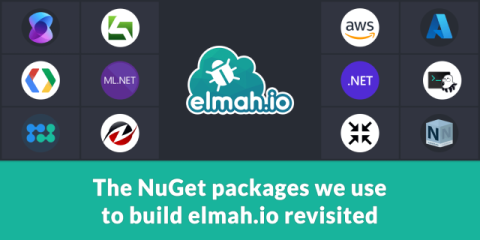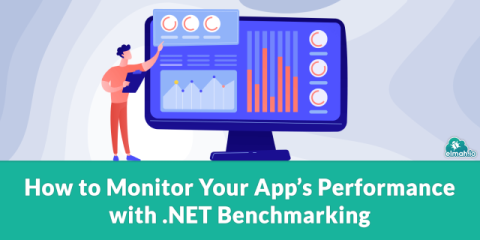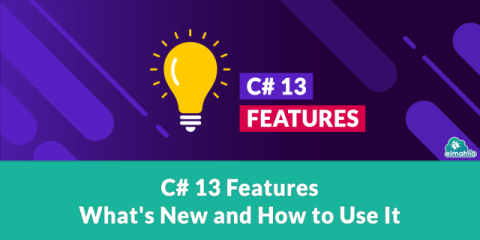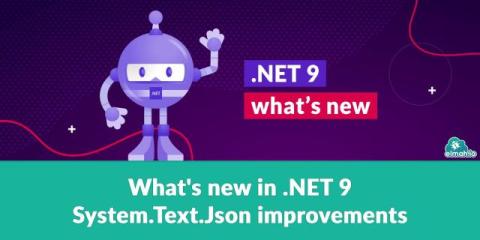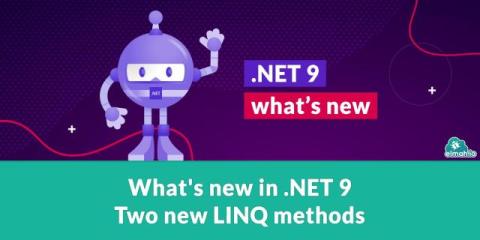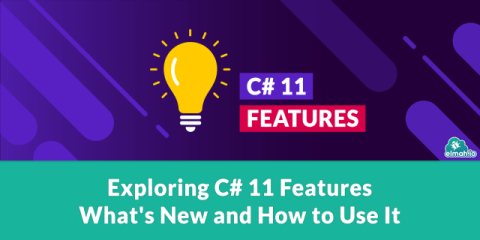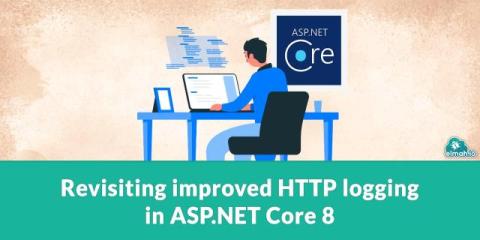The NuGet packages we use to build elmah.io revisited
Four years ago, I wrote the blog post The NuGet packages we use to build elmah.io. Since then, we have made several changes to our tech stack as well as upgraded to recent versions of.NET. For this post, I'll update you on the packages we use as of writing this post. I hope you will find some inspiration in seeing how a system like elmah.io is built.


